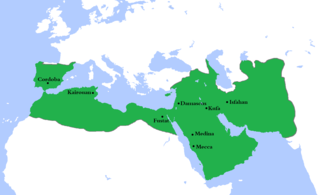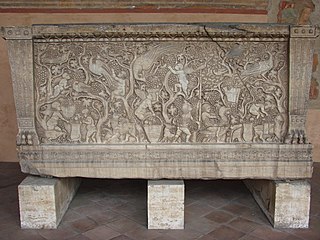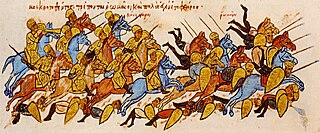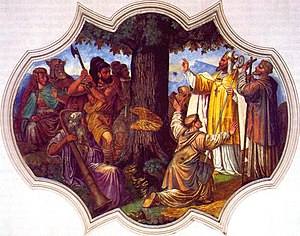The 720s decade ran from January 1, 720, to December 31, 729.

Year 744 (DCCXLIV) was a leap year starting on Wednesday of the Julian calendar. The denomination 744 for this year has been used since the early medieval period, when the Anno Domini calendar era became the prevalent method in Europe for naming years.

Year 781 (DCCLXXXI) was a common year starting on Monday of the Julian calendar. The denomination 781 for this year has been used since the early medieval period, when the Anno Domini calendar era became the prevalent method in Europe for naming years.

Year 532 (DXXXII) was a leap year starting on Thursday of the Julian calendar. At the time, it was known as the Second year after the Consulship of Lampadius and Probus. The denomination 532 for this year has been used since the early medieval period, when the Anno Domini calendar era became the prevalent method in Europe for naming years.

Year 1078 (MLXXVIII) was a common year starting on Monday of the Julian calendar.

Year 995 (CMXCV) was a common year starting on Tuesday of the Julian calendar.

Year 1011 (MXI) was a common year starting on Monday of the Julian Calendar.

Year 675 (DCLXXV) was a common year starting on Monday of the Julian calendar. The denomination 675 for this year has been used since the early medieval period, when the Anno Domini calendar era became the prevalent method in Europe for naming years.

1200 (MCC) was a leap year starting on Saturday of the Julian calendar, the 1200th year of the Common Era (CE) and Anno Domini (AD) designations, the 200th year of the 2nd millennium, the 100th and last year of the 12th century, and the 1st year of the 1200s decade. As of the start of 1200, the Gregorian calendar was 7 days ahead of the Julian calendar, which was the dominant calendar of the time.
Year 949 (CMXLIX) was a common year starting on Monday of the Julian calendar.

Year 1097 (MXCVII) was a common year starting on Thursday of the Julian calendar.

Year 1176 (MCLXXVI) was a leap year starting on Thursday of the Julian calendar, the 1176th year of the Common Era (CE) and Anno Domini (AD) designations, the 176th year of the 2nd millennium, the 76th year of 12th century, and the 7th year of the 1170s decade.

Year 1207 (MCCVII) was a common year starting on Monday under the Julian calendar.

Year 1160 (MCLX) was a leap year starting on Friday of the Julian calendar.

1048 (MXLVIII) was a leap year starting on Friday of the Julian calendar, the 1048th year of the Common Era (CE) and Anno Domini (AD) designations, the 48th year of the 2nd millennium and the 11th century, and the 9th year of the 1040s decade. As of the start of 1048, the Gregorian calendar was 6 days ahead of the Julian calendar, which was the dominant calendar of the time.

Year 1052 (MLII) was a leap year starting on Wednesday of the Julian calendar.
Year 1108# (MCVIII) was a leap year starting on Wednesday of the Julian calendar.

Year 985 (CMLXXXV) was a common year starting on Thursday of the Julian calendar.

Year 896 (DCCCXCVI) was a leap year starting on Thursday of the Julian calendar.

Year 975 (CMLXXV) was a common year starting on Friday of the Julian calendar.

















